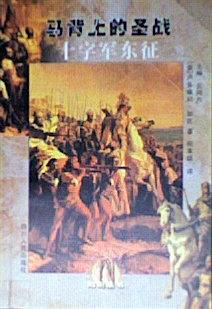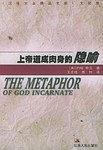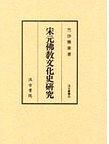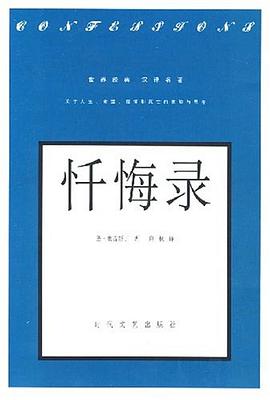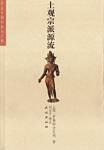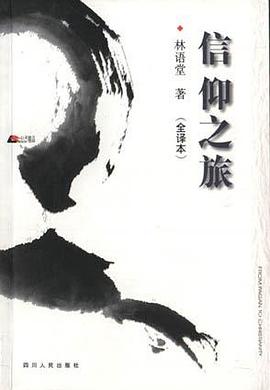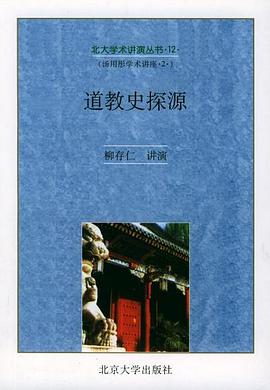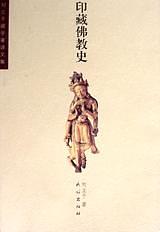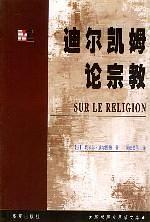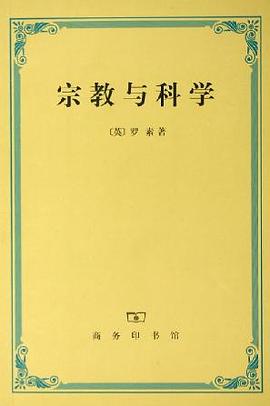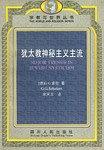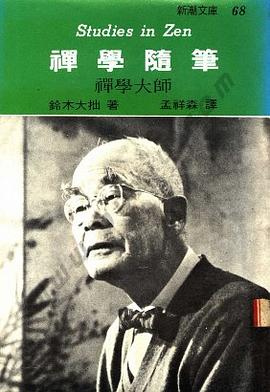

具体描述
By far one of the most important objects of worship in the Buddhist traditions, the bodhisattva Avalokitesvara is regarded as the embodiment of compassion. He has been widely revered throughout the Buddhist countries of Asia since the early centuries of the Common Era. While he was closely identified with the royalty in South and Southeast Asia, and the Tibetans continue to this day to view the Dalai Lamas as his incarnations, in China he became a she -- Kuan-yin, the "Goddess of Mercy" -- and has a very different history. The causes and processes of this metamorphosis have perplexed Buddhist scholars for centuries. In this groundbreaking, comprehensive study, Chun-fang Yu discusses this dramatic transformation of the (male) Indian bodhisattva Avalokitesvara into the (female) Chinese Kuan-yin -- from a relatively minor figure in the Buddha's retinue to a universal savior and one of the most popular deities in Chinese religion. Focusing on the various media through which the feminine Kuan-yin became constructed and domesticated in China, Yu thoroughly examines Buddhist scriptures, miracle stories, pilgrimages, popular literature, and monastic and local gazetteers -- as well as the changing iconography reflected in Kuan-yin's images and artistic representations -- to determine the role this material played in this amazing transformation. The book eloquently depicts the domestication of Kuan-yin as a case study of the indigenization of Buddhism in China and illuminates the ways this beloved deity has affected the lives of all Chinese people down the ages.
作者简介
Chün-fang Yü is professor and chair of the Department of Religion at Rutgers, the State University of New Jersey.
目录信息
读后感
本书作者花了15年的时间,写了这部超过500页的巨著以阐释一个问题:印度佛教中象征慈悲与王权的阿婆卢吉低舍婆罗,是如何在中国由男变女,由佛教进入民间,变成家喻户晓的观音菩萨的。鉴于观音在中国信仰体系中的重要地位,这当然是一个引人注目的课题,不过对于我等门外的闲汉...
评分本书作者花了15年的时间,写了这部超过500页的巨著以阐释一个问题:印度佛教中象征慈悲与王权的阿婆卢吉低舍婆罗,是如何在中国由男变女,由佛教进入民间,变成家喻户晓的观音菩萨的。鉴于观音在中国信仰体系中的重要地位,这当然是一个引人注目的课题,不过对于我等门外的闲汉...
评分本书作者花了15年的时间,写了这部超过500页的巨著以阐释一个问题:印度佛教中象征慈悲与王权的阿婆卢吉低舍婆罗,是如何在中国由男变女,由佛教进入民间,变成家喻户晓的观音菩萨的。鉴于观音在中国信仰体系中的重要地位,这当然是一个引人注目的课题,不过对于我等门外的闲汉...
评分此书是Kuan-yin: The Chinese Transformation of Avalokiteśvara 的中译本。先是2009 年六月台湾的法鼓文化发行了繁体中文版。现在简体的中文版即将在大陆问世。我想借此机会,解释当年我为何决定作此研究。因为这些年来,很多人曾问过我这个问题。为什么这成为问题呢?可能...
评分(刊于《艺术史研究》第6卷,中山大学出版社,2005年) 在中国民众的佛教信仰历程中,固然涌现过若干在民众中具有广泛影响的佛(如阿弥陀佛、弥勒佛、药师佛等)、菩萨(如弥勒、地藏、文殊、普贤等),它们都曾受到过中国民众热烈的追捧和崇拜,但就影响的深度和广度...
用户评价
很扎实的研究,探讨的也是很重要的问题。惊喜的是图像学在这本书中的起到不可或缺的作用,观音菩萨的女性化在图像中能讲出更多的故事。感觉以后写propaganda可以把它当成宗教来写就会非常有意思〜
评分2015/10/15, 2018/01 重讀
评分很扎实的研究,探讨的也是很重要的问题。惊喜的是图像学在这本书中的起到不可或缺的作用,观音菩萨的女性化在图像中能讲出更多的故事。感觉以后写propaganda可以把它当成宗教来写就会非常有意思〜
评分高老师的好朋友:P 复线和往复我都很接受啊,但是书里怎么不大看得出来呢?
评分花了半个学期阅读和讨论……暂时告一段落。
相关图书
本站所有内容均为互联网搜索引擎提供的公开搜索信息,本站不存储任何数据与内容,任何内容与数据均与本站无关,如有需要请联系相关搜索引擎包括但不限于百度,google,bing,sogou 等
© 2026 book.quotespace.org All Rights Reserved. 小美书屋 版权所有

